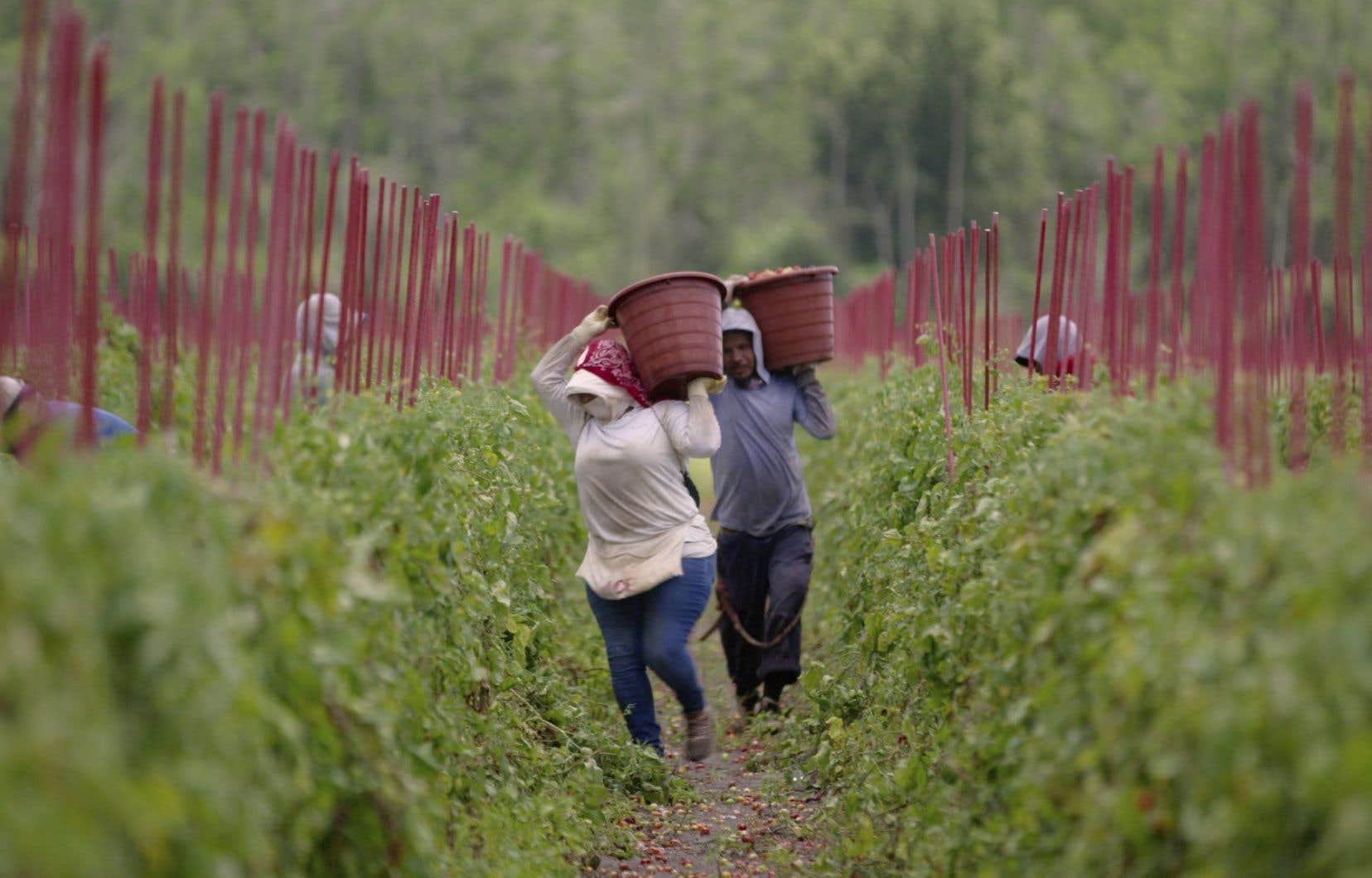In the United States, if you buy a box of cereal, you have an 83% chance that it is produced by one of the three multinationals that dominate the market. On the infant formula side, two companies control 80% of the products on sale. This information is taken from the documentary Food, Inc. 2from directors Robert Kenner and Melissa Robledo.
Did you see the first Food, Inc., published in 2008, nominated for an Oscar and winner of several awards, including two Emmys? This documentary lifted the veil on the industrial system which is at the origin of what we eat, notably showing production chains, crowded animals and the distress of farmers. The upheavals that occurred during the pandemic gave the makers of this film the idea of making a sequel. And guess what? The portrait they paint is, in many respects, even darker.
First, diversity is even less than before at the grocery store. “It was consolidated 15 years ago, but today it’s just incredibly consolidated,” Mr. Kenner said in an interview with Duty. Through a process of tie-ups, mergers and acquisitions, the mega-sized companies in agriculture, food processing and retail have taken on even more space. This is also the case in Canada, underlines Sylvain Charlebois, agri-food expert at Dalhousie University. There are fewer and fewer farms. A handful of large grocers, who own several brands, “impose their law”, he emphasizes.
There are tens of thousands of different products, but they are all made by the same companies.
For directors of Food, Inc. 2, this concentration has pernicious effects. “Farmers in the United States, Canada and Europe are stuck because the price of their inputs is increasing, but they are not getting prices accordingly since there is no diversity of buyers . In some areas, farmers only have one company to sell to, so they have to accept the price they are offered,” explains M.me Robledo. It is the next players in the chain who are lining their pockets, while inflation rises.
This concentration of production in the hands of a few companies weakens the agri-food chain, the filmmakers also believe. During the pandemic, production shutdowns at some factories led to shortages, particularly of baby milk powder. The film also returns to the uncontrolled outbreaks of COVID-19 which took place in a meat factory.
The abundance of unnatural foods
The documentary casts a relatively wide net, also addressing the exploitation of agricultural and fast food workers, the development of vegan products and the health dangers of the proliferation of ultra-processed foods. On this last point, Mr. Kenner would like to see the emergence in the United States of labeling similar to that which was adopted by Canada in 2022. From 2026, foods which exceed certain thresholds of fat, sugar and salt must display a symbol on the front of the package.
Mr. Charlebois welcomes this measure, which could push manufacturers to limit the quantities of ingredients harmful to health. “We give information to consumers, and it is up to them to decide if it is good for them,” he stressed. The obligation to display the quantity of trans fat has almost made this type of fat disappear from the shelves, believes the professor.
Mr. Kenner and Mr.me Robledo try to instill hope in their documentary. The filmmakers highlight the growth experienced by farmers’ markets and organic foods in recent years. They highlight the actions of politicians who fight to prevent the creation of food monopolies. They feature farmers who innovate through environmentally friendly methods.
“We must act in each of our countries,” says Mr. Kenner. On the film’s website, the two directors detail the form that this action can take, including eating locally, reducing meat consumption and voting for politicians who want to change things. A study noted that in 2008, Food, Inc. had boosted organic food sales in the United States for at least a few months. Will what happens next have effects on our consumption habits?
The film is presented on certain online viewing platforms and at the Le Clap Place Ste-Foy cinema, in Quebec.
This text is titled from the Courrier de l’ économique.
